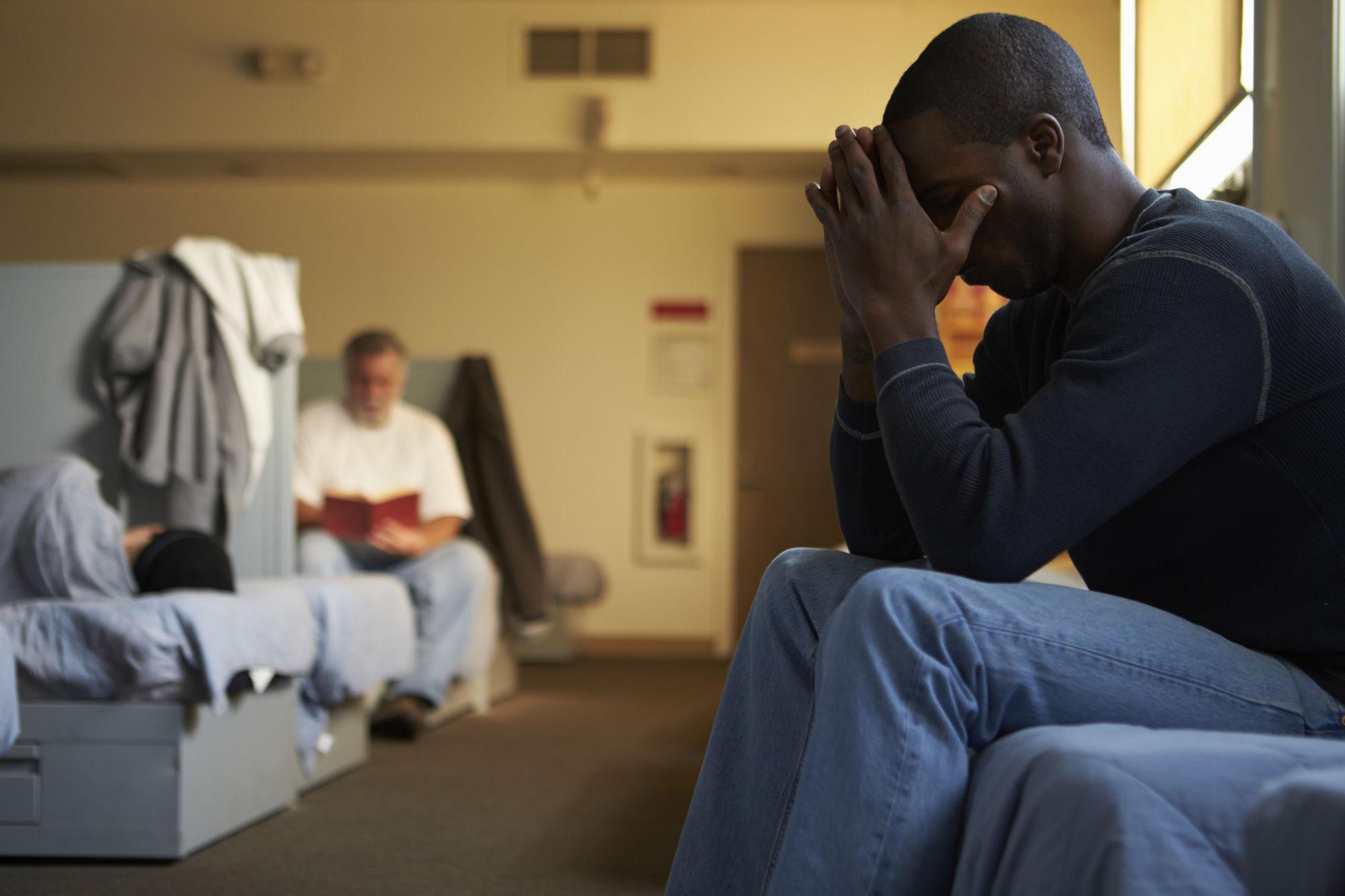For nearly 500 people currently living in Daviess County–and about 150 children last year–homelessness is a reality.
“People think homelessness is in big cities,” said Gail Niehaus, president of Aid the Homeless, a nonprofit organization started by the Greater Owensboro Realtors Association. “It’s here. It’s alive and well. It’s thriving.”
According to the yearly K-Count, a one-day survey conducted by the Kentucky Housing Corporation to understand the scope of an area’s homeless population, 235 people in Daviess County were considered homeless on January 31, 2017.
Of that 235, 62 were victims of domestic violence, 23 were considered chronically homeless, 14 were veterans, and 49 suffered from mental illness.
Harry Pedigo, Director of St. Benedict’s Homeless Shelter, says the K-Count is completely inaccurate and always has been. His shelter alone housed 457 homeless men last year.
Homelessness in Owensboro hasn’t necessarily increased as far as the numbers of locals becoming homeless; however, it’s increased because of transients relocating to Owensboro for better treatment.
Pedigo says the shelters in Owensboro have more resources than shelters in other cities, which is why so many transients travel to Owensboro for services.
St. Benedict’s Emergency Shelter for Men is the only emergency shelter for men in Owensboro, which means the shelter stays full year-round.
“The numbers are increasing because 170 of those are transients,” says Pedigo. “We will never turn transients away. We help guys get back to where they’re from. At our place, we want to walk with you.”
“If I put more beds in the shelter, I’m going to fill up,” says Pedigo. “We need to be more intentional in finding guys answers and tackling what they need.”
One of the biggest misconceptions about the homeless population in Owensboro, according to both Pedigo and Niehaus, are the stigmas surrounding the homeless, including ideas that all homeless people have substance addictions or just don’t want to get better. In fact, mental illness is one of the leading causes of homelessness.
“The mental problems are factors,” says Niehaus. “If you’re mentally ill, it practically takes an act of Congress to get you somewhere safe.”
Pedigo agrees that mental illness is evident in nearly 25 percent of the men at St. Benedict’s. He also said that homeless men in Owensboro have a harder time finding shelters because of masculine stigmas held against them.
“The stigma surrounding men is that men should be providers and get a job,” he says. “Men have a harder time finding a place to stay because of that. People think they’re automatically on drugs, and that’s not the case. Drugs are a very small part of the problem.”
Pedigo adamantly believes in giving second chances. He says the best way to turn the homelessness situation around is by disregarding any feelings of apathy and taking the steps necessary to assist the homeless in getting their lives back on track.



